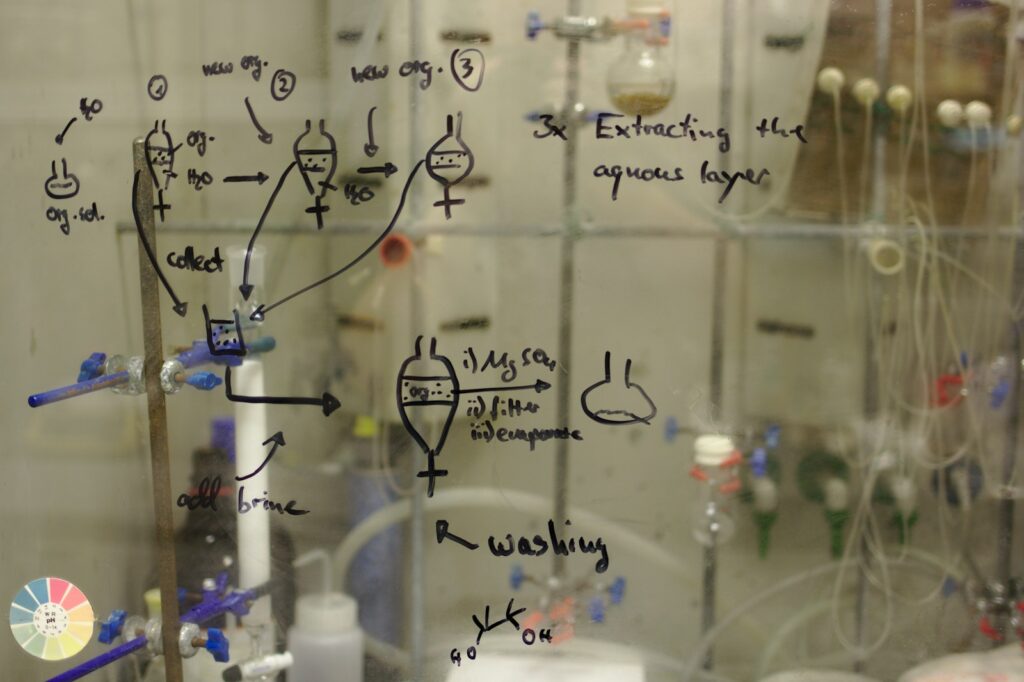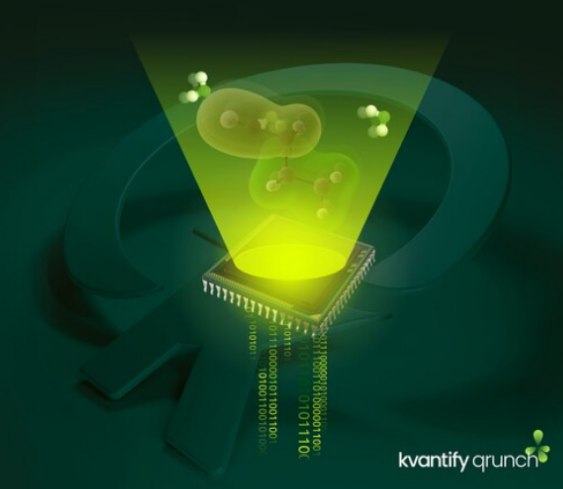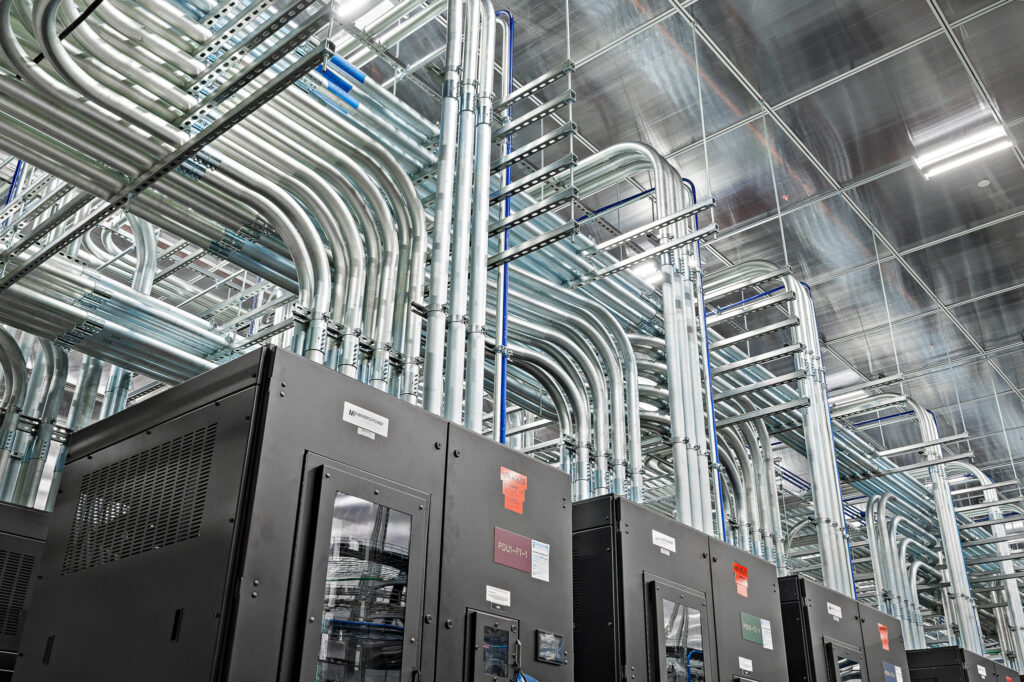Insider Brief
- Rigetti Computing reported a second-quarter 2025 net loss of $39.7 million on $1.8 million in revenue, reflecting continued heavy investment in quantum hardware development.
- The company launched the Cepheus-1-36Q, described as the industry’s largest multi-chip quantum computer, achieving a median two-qubit gate fidelity of 99.5%.
- Rigetti ended the quarter with $571.6 million in cash, bolstered by a $350 million equity raise, and plans to release a 100-plus qubit system by year-end.
Rigetti Computing posted a steep quarterly loss in 2Q 2025 as the quantum hardware maker ramped up investment in its multi-chip architecture and accelerated its push toward larger, higher-performance systems.
Rigetti reported in a statement on its 2Q 2025 results that revenue came in at $1.8 million, falling 41% and missing Wall Street consensus estimates. Analysts had expected a 5-cent loss on revenue of $1.9 million, according to Investor’s Business Daily.
Operating expenses reached $20.4 million, producing an operating loss of $19.9 million. The company’s net loss widened to $39.7 million, with the figure reflecting $22.8 million in non-cash losses tied to the fair value change in derivative warrant and earn-out liabilities, according to its second-quarter earnings statement.

“We continue to achieve our ambitious roadmap goals, most recently by demonstrating the industry’s largest multi-chip quantum computer with impressive performance. Our industry-leading proprietary chiplet approach to scaling and strong financial position makes us confident in hitting our end-of-year technology goals,” says Dr. Subodh Kulkarni, Rigetti CEO, in the statement.
Equity Raise Strengthens Cash Position
Despite the losses, Rigetti ended the quarter with a strong cash position, holding $571.6 million in cash, cash equivalents, and available-for-sale investments. The balance sheet benefited from a $350 million equity raise completed during the period through an at-the-market offering. The company reported no debt, giving it room to fund research, scale operations, and pursue possible acquisitions or partnerships. Management said the capital will primarily support working capital needs, capital expenditures, and broader corporate initiatives.
The quarter also saw the commercial release of the Cepheus-1-36Q, described by the company as the largest multi-chip quantum computer in the industry, according to the statement. The system is now available on Rigetti’s Quantum Cloud Services platform and is scheduled to roll out to Microsoft Azure users. The machine builds on the company’s chiplet-based architecture, a design shift from monolithic chips that aims to improve manufacturing yield and performance uniformity by linking smaller, discrete chips into a larger processor.
Rigetti reported that Cepheus-1-36Q uses four chiplets, the most in a quantum system to date, and delivers a median two-qubit gate fidelity of 99.5%, a measure of how accurately it performs quantum operations. The company said this represents a twofold improvement over the error rates of its earlier Ankaa-3 system, achieved just six months earlier. Faster two-qubit gates and an enhanced coupler design contributed to the performance gains, which are key for advancing toward fault-tolerant quantum computing.
“I am extremely pleased with our momentum on the technology front. Just 6 months after our record performance with Ankaa-3, we’ve once again halved our error rates with Cepheus-1-36Q. We believe quadrupling our chiplet count and significantly decreasing error rates is the clear path towards quantum advantage and fault tolerance. We intend to continue this momentum with our 100+ qubit system planned for the end of the year,” Dr. Kulkarni said in the statement.
Multi-Chip Approach
The multi-chip approach has been central to Rigetti’s scaling strategy since 2021, when it introduced the first quantum processor to demonstrate entanglement between chiplets. By splitting a quantum processor into multiple smaller units, engineers can manufacture each more reliably and link them together, sidestepping some of the fabrication challenges that arise when building larger monolithic chips. The company says the technology leverages techniques from the semiconductor industry, allowing it to adopt established methods for scaling up qubit counts and performance.
Rigetti positions its superconducting qubits as an advantage over competing hardware types such as trapped ions or neutral atoms, citing faster gate speeds and potential for scaling. The company’s design roadmap calls for a 100-plus qubit chiplet-based system by year-end, also targeting 99.5% median two-qubit gate fidelity.
“It’s our view that superconducting qubits are the leading modality for quantum computers due to their ability to scale, and their ability to achieve gate speeds more than 1,000 times faster than other modalities like ion traps and pure atoms. Rigetti’s superconducting qubits leverage technologies, like chiplets, that have been maturing in the semiconductor industry for decades, enabling Rigetti to use well-established methods to scale to higher performance and qubit counts,” Dr. Kulkarni adds.
While quantum computing remains an early-stage market, Rigetti is competing in a field that includes major technology companies and specialized startups racing to build machines capable of outperforming classical computers on certain tasks. The company framed the performance improvements in Cepheus-1-36Q as a step toward “quantum advantage,” the point at which a quantum computer delivers commercially relevant results faster or more efficiently than classical systems.
The Challenge of Scaling Tech Before Demand
The company’s continued losses — an ongoing theme this quarter in quantum — offers evidence of the challenge companies are experiencing in funding advanced hardware development in a sector where commercial demand is still emerging. Revenue remains modest compared to operating costs, and customer adoption will depend on delivering capabilities that can be integrated into real-world workflows through cloud platforms and partnerships.
To lengthen that runway, Rigetti’s management suggests that access to capital gives it room to invest in this next phase. The firm has indicated that proceeds from its equity raise could support collaborations or strategic acquisitions, which may help it strengthen its ecosystem and accelerate its technology roadmap.


















